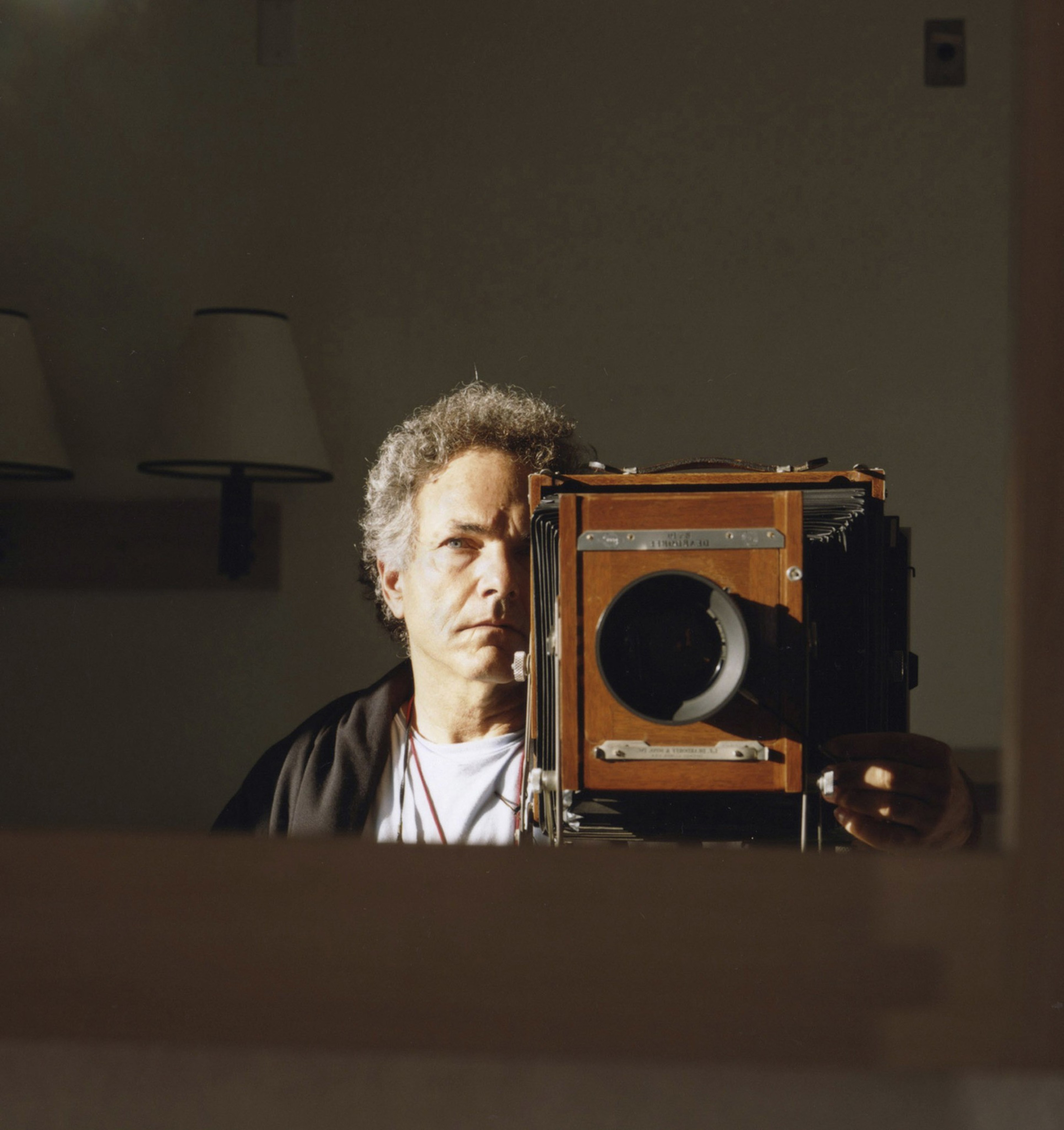In each episode of our podcast “Life in Seven Songs,” we ask the world’s brightest minds and leaders: What songs tell the story of your life?
This week’s podcast guest is Richard Misrach, known for his haunting, large-scale photographs of the American West that capture both breathtaking beauty and the profound ways in which humans have altered the landscape.
Misrach’s photographs are in the collections of MoMA, the Whitney, and the Getty — but for him, they serve a deeper purpose: creating a historical record.
Misrach’s childhood experiences — friendships with creative forces like Bonnie Raitt and Jeff Bridges, skiing escapades with his family — have shaped his work, from the first time he picked up a camera to document the Vietnam War protests at UC Berkeley.
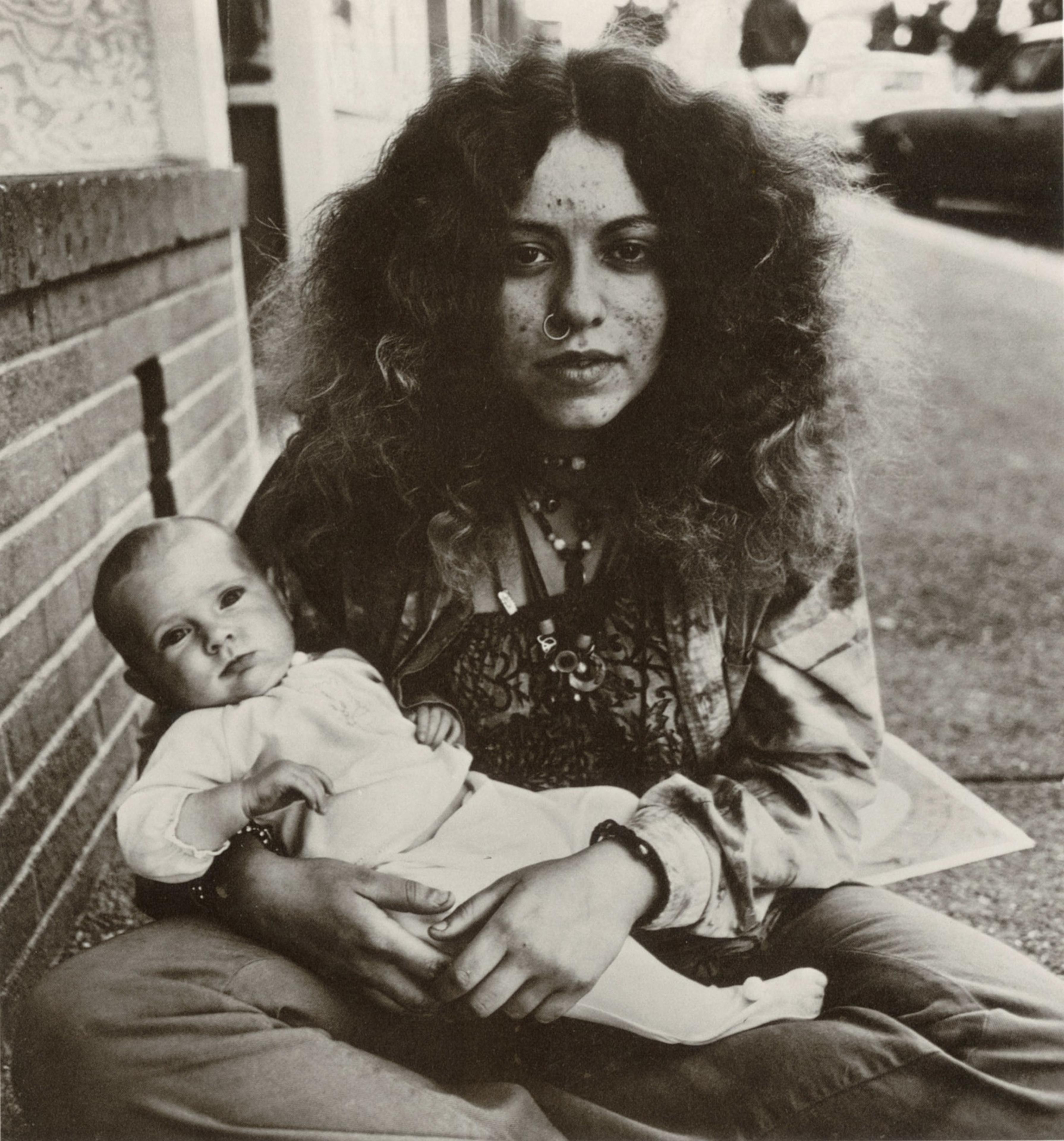
“I want to get people’s attention,” Misrach told “Life of Seven Songs” host Sophie Bearman. “I want people to look at these things and be forced to look at them and then contemplate what they’re looking at.”
Misrach’s “Desert Cantos,” a series started in 1979, documents the human impact on southwestern deserts. “I photographed man-made fires, man-made floods, space shuttle landings, dead animal pits, military bombing ranges, the nuclear test site, on and on and on,” he explained.
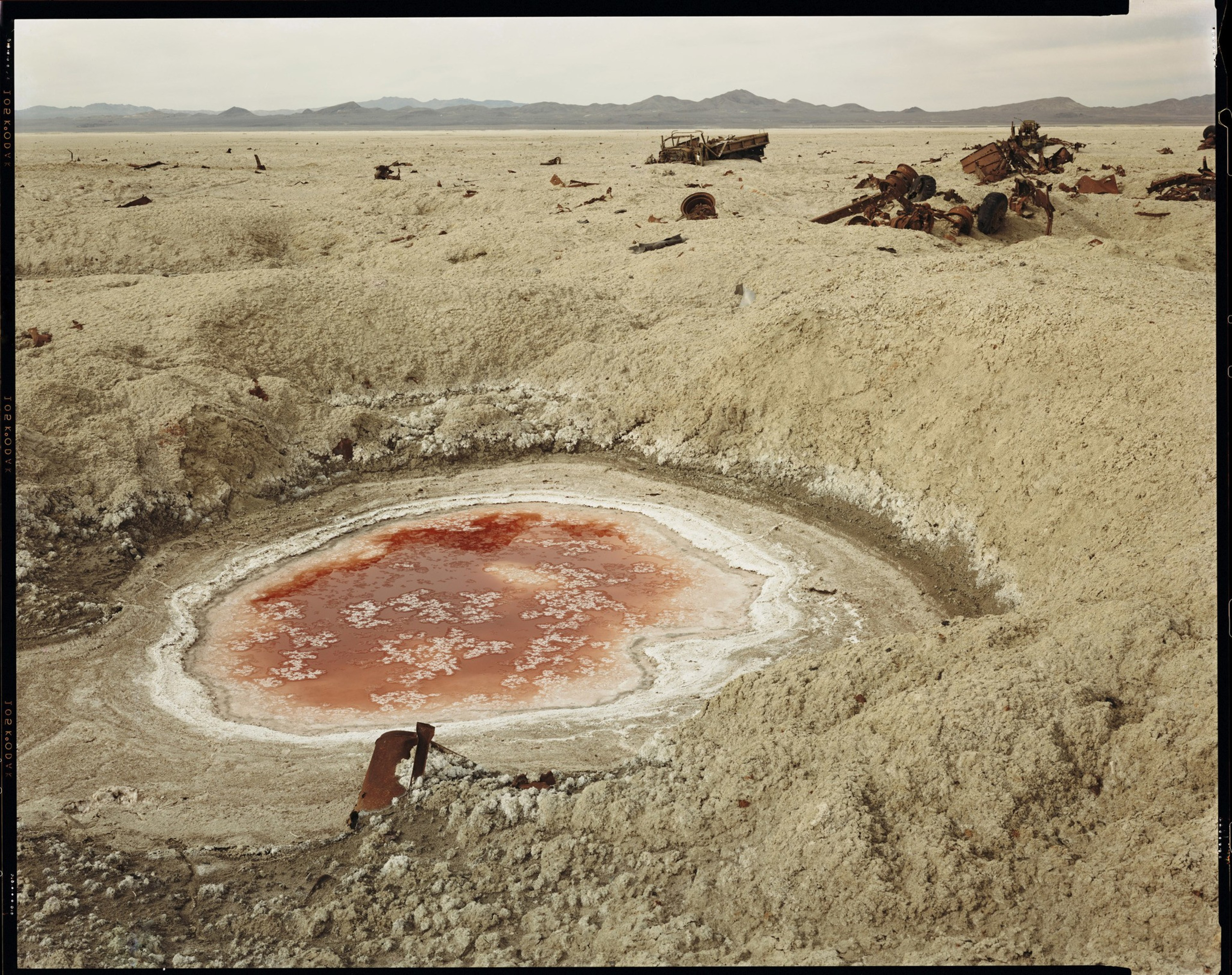
The relationship between humans and the environment is a consistent theme throughout his work, particularly in an expansive project shot in Hawaii, in which he captures swimmers, surfers, and beachgoers from the vantage point of the eighth floor of a hotel.
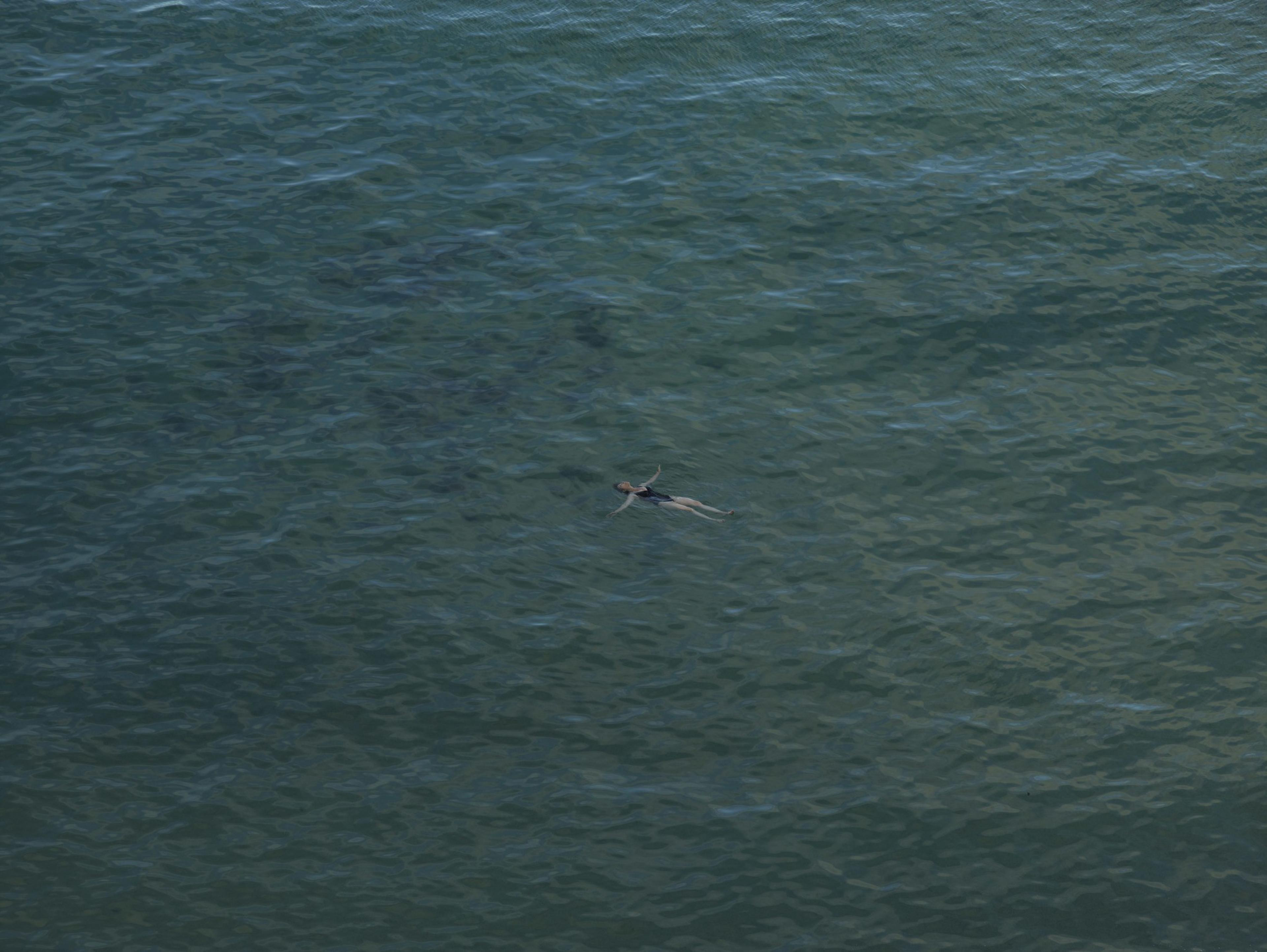
“I’ve made probably 100,000 photographs from that spot now,” said Misrach. “It just keeps giving up new beautiful metaphors about the world.”
Misrach has photographed the U.S. at its most beautiful and its most broken. When it comes to disaster photography, he often waits decades before allowing his images to be seen: Though he photographed the devastating 1991 fires in Oakland, he waited 20 years to share them with the world. His photos of the aftereffects of Hurricane Katrina in 2005 haven’t been published yet. “I just give myself a span of 20 years, where we have a little distance, so it’s not so raw for people that are trying to recover from it,” he explained. “Having that distance makes a difference.”
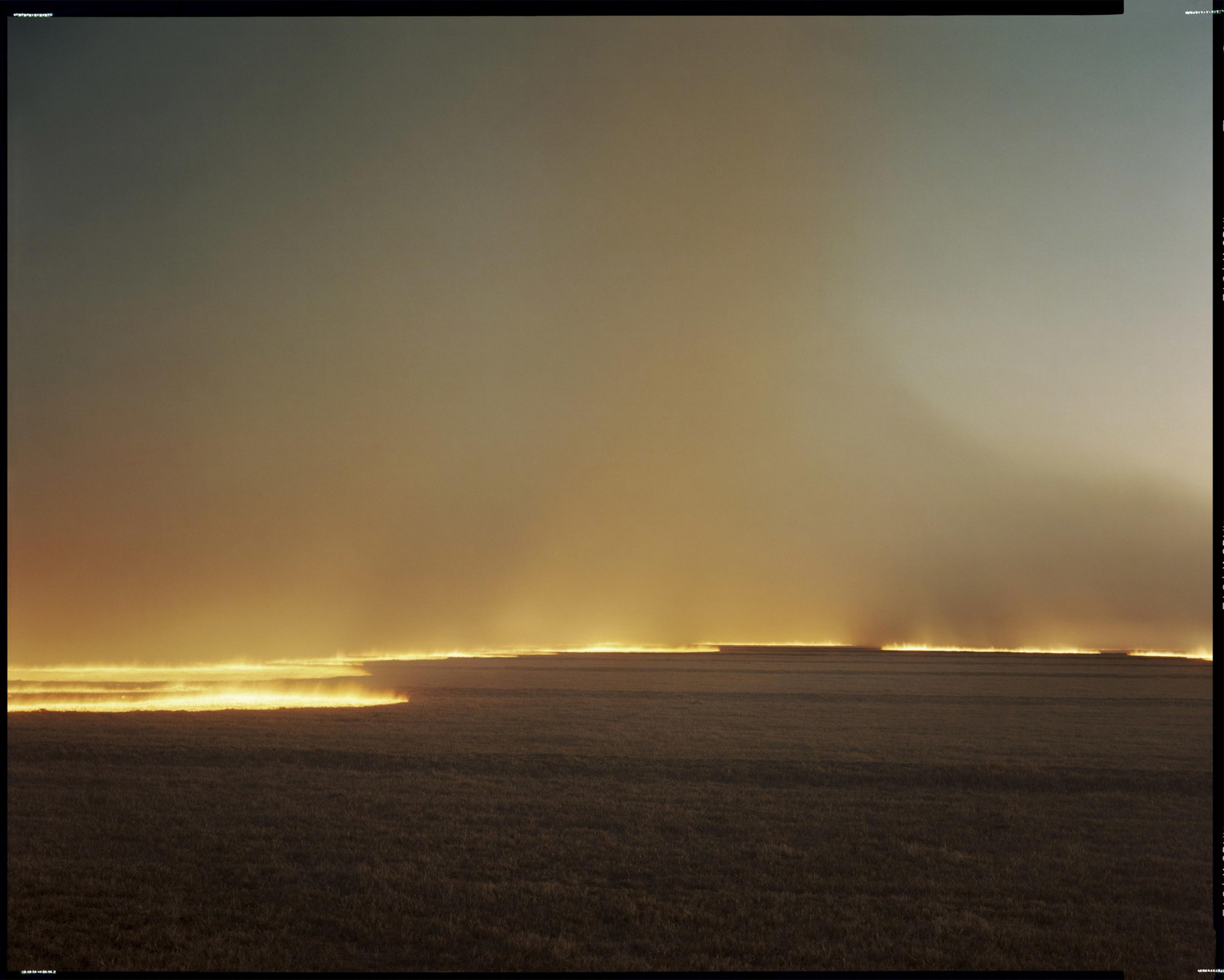
“I want [people] to see the beauty there and everything else, but I want them to just kind of be haunted a little bit about what we have to lose here,” he added.
Listen to the episode to hear the soundtrack to his life and how those songs have informed his artistic pursuits.
Before becoming a drag icon, Peppermint found inspiration in Prince

Before Sam Sanders became an American culture guru, pop music was ‘forbidden fruit’

From the South Bronx to Sesame Street: How Sonia Manzano made Maria a Latina icon

Listen to Misrach’s playlist on Spotify (opens in new tab), and find a transcript of the podcast episode here (opens in new tab). Thoughts? Guest suggestions? Email us at [email protected].
